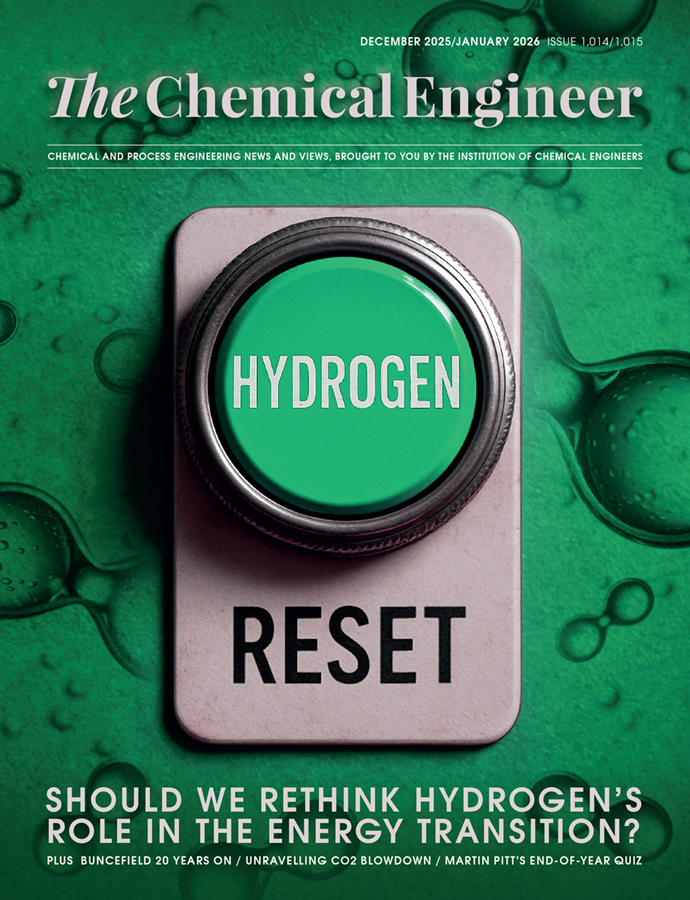Honeywell promise to maximise gigafactory efficiency with automation software

HONEYWELL has launched Battery Manufacturing Excellence Platform (Battery MXP), an artificial intelligence-powered software aimed at optimising battery manufacturing operations. Amid increasing demand for lithium-ion batteries, the software can help increase delivery rates by cutting ramp-up times and reduce scrap by 60% at startup.
The company says using traditional standalone systems to track data and information can cause lithium-ion battery manufacturers to incur material scrap rates of up to 30% at steady state and even higher during the facility startup process. This can lead to millions of dollars lost in energy and material use.
Pramesh Maheshwari, president of Honeywell Process Solutions, said: "The electrification of everyday life continues to increase global demand for quality lithium-ion batteries to power electric vehicles, consumer electronics, and battery energy storage systems.
"With the construction of more than 400 gigafactories planned worldwide by 2030, Honeywell's Battery MXP is a crucial technology that enables manufacturers to maximise cell yields and reach peak production much quicker than traditional methods."
Using automation to advance electrification supports Honeywell’s ambition to align its business segments with the megatrends of automation and energy transition.
Avoiding deviation
There are around 2,000 critical quality parameters used throughout the battery manufacturing process, ranging from raw material particle size and purity at the start to the functionality of the final product. Deviation from optimal quality parameters can result in scrapping, and this is especially the case as facilities are starting up.
“Understanding your critical to quality parameters and dealing with any deviations and resolving those in a timely manner on a very large scale in a gigafactory is what Battery MXP is all about,” said Michael Kennelly, global leader of sheet manufacturing at Honeywell.
Connecting to all equipment in battery manufacturing facilities, Battery MXP uses artificial intelligence to help reduce losses by detecting and remediating quality issues before they result in scrapped material.
Fredrik Westerberg, vertical customer marketing director at Honeywell, said the end-to-end software solution does this by reading data about batches supplied by the equipment and comparing it to measurements for an assigned “golden batch” to assess if they are optimal. If there are deviations in quality, a batch can be held back allowing an operator to decide on next steps based on the assessed severity of the issue.
Battery MXP can also use machine learning to identify what caused a quality issue. Westerberg said: “You capture the mechanisms that produce particular outcomes at a particular point in time. And over time, using the large dataset that’s available from the plant, you’re building up that relationship, that cause-and-effect analysis.”
The software can turn the data it collects into action-oriented insights that manufacturers can use to improve efficiency and productivity.
Track and trace ability
As well as allowing users to track battery cells from raw material to finished product in real time, helping to ensure product quality, Battery MXP enables traceability. Using a cell serial number, an operator can find out when a cell was produced and identify the quality parameters recorded throughout its manufacture.
In the case of a “bad lot” or a customer complaint, this traceability means that operators can quickly pinpoint the root cause and impacted batches, avoiding product recalls and up to weeks spent going through batch information.
“You want to be able to very definitively state why it was those ‘100 cells’, right? This is a critical functionality for the industry to minimise risk in the market, and minimise the amount of scrapping,” said Kennelly.
Battery MXP addresses further key challenges faced by battery manufacturers, offering process control function and enabling integration with technology for fire prevention.
It is also designed to embed standard operating procedures (SOPs) directly from an online document management system, which allows comprehensive management of change and training management. This helps ensure that operators’ training is kept up to date, reducing the risk of operator error and the potential scrap and startup delays it causes.
Recent Editions
Catch up on the latest news, views and jobs from The Chemical Engineer. Below are the four latest issues. View a wider selection of the archive from within the Magazine section of this site.




